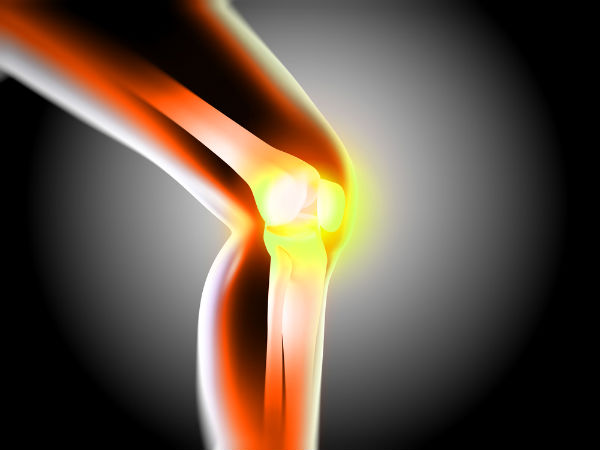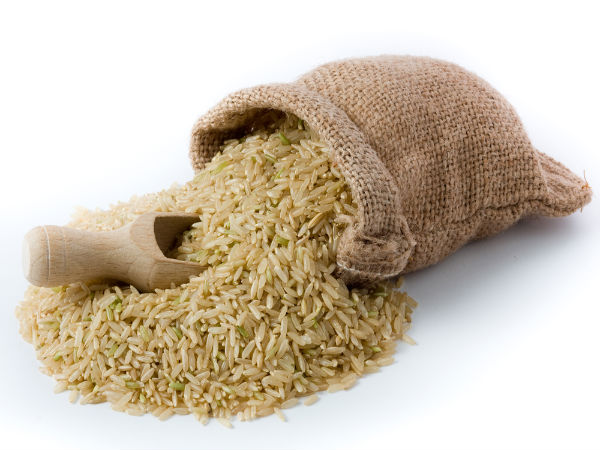Rice (Oryza sativa) is a starchy cereal grain that belongs to the Poaceae family. Rice is the most common staple food consumed by more than half of the world's population due to its versatility and availability [1]. Rice has a soft, chewy texture, it can mix with any flavour and seasoning, adds substance to meals such as soups, salads and casseroles, and compliments a variety of dishes.
Rice comes in various shapes, sizes and colours. There are different varieties of rice. Here are some of the common varieties of rice:
• Brown rice - It is a type of whole grain rice which is high in nutrients than white rice.
• Basmati rice - It is a long-grain variety of rice that has a strong flavour and aroma.
• Jasmine rice - It is a long-grain variety of fragrant rice (also known as aromatic rice) that has a unique aroma and flavour.
• White rice - It is processed and polished rice that has its husk, bran and germ removed which changes the flavour, texture and appearance of the rice.
• Black rice - It is also called forbidden or purple rice which has a mild, nutty flavour and chewy texture.
• Red rice - Another variety of rice that has a red husk. Red rice has a nutty flavour and is usually consumed unhulled or partially hulled.
• Arborio rice - It is a short-grain rice commonly used in Italian cuisines.
• Glutinous rice - It is also called sticky rice because it becomes sticky when cooked. It is a short-grain rice variety commonly used in Asian dishes.
The most popular rice varieties are brown rice and white rice. However, brown rice is a whole grain food that has gained popularity due to its high nutrient value; it also provides an array of health benefits as compared to white rice. In this article, we'll talk about the nutrition aspects and health benefits of brown rice and brown rice recipes for weight loss.
What Is Brown Rice?
Brown rice is a whole grain that is unrefined and unpolished. This variety of rice is obtained by removing the hull (a hard protective covering) leaving the bran and germ intact which is packed full of nutrients [2] unlike white rice, which has its hull, bran and germ removed, resulting in the loss of nutrients.
Nutritional Value Of Brown Rice
100 g of brown rice contains 82 kcal energy and they also contain:
• 1.83 g protein
• 0.65 g total lipid (fat)
• 17.05 g carbohydrates
• 1.1 g fibre
• 0.16 g sugar
• 2 mg calcium
• 0.37 mg iron
• 3 mg sodium
• 0.17 g fatty acids, total saturated
Health Benefits Of Brown Rice
1. Helps in weight loss
Brown rice contains a good amount of fibre. Consumption of dietary fibre helps keep your stomach full for a long period of time and prevents unwanted food cravings. This helps in losing weight because fibre is a natural appetite suppressant [3].
Studies have shown that women who ate more whole grains weighed less as compared to women who ate fewer whole grains [4].
2. Promotes heart health
Brown rice is high in fibre and plant compounds called lignans that can help decrease cholesterol levels and lower the risk of heart disease. A study has shown that consuming whole grains like brown rice improves cardiovascular and metabolic function [5]. Also, another study has shown that eating whole grains can decrease the risk of heart diseases [6].
3. Controls diabetes
Brown rice is a low glycemic index (GI) food, which can help prevent the risk of type 2 diabetes [7]. Glycemic index is a measure of how quickly or slowly the food is absorbed and how much they raise the blood sugar levels in the body. High GI foods are quickly digested and absorbed, causing a rise in blood sugar and low GI foods are absorbed slowly and won't raise your blood sugar levels.
A study compared the blood glucose lowering effects of brown rice and milled rice. The results showed that brown rice has high amounts of dietary fibre, phytic acid, polyphenols and oil which make it beneficial for diabetic patients than milled rice [8]
4. Prevents chronic diseases
Brown rice is an excellent source of antioxidants that can decrease the risk of a number of chronic health conditions such as coronary heart disease, cardiovascular disease, cancer, infectious diseases, respiratory diseases and diabetes [6].
5. Boosts digestive health
The fibre content in brown rice aids in regulating bowel movements. A study published in the Journal of Food Science showed the effects of brown rice and white rice during digestion. The study pointed out that the bran layer on brown rice improved digestion and helped in proper bowel movement [9].
6. Strengthens immunity
Brown rice is rich in essential vitamins, minerals and phenolic compounds that help strengthen your immune system and enhance its ability to fight infections.
7. Maintains bone health
Brown rice contains a good amount of calcium, an essential mineral that is required to build strong and healthy bones and teeth. Calcium prevents the risk of osteoporosis and other bone diseases.
8. Supports nervous system functioning
Brown rice can aid in the proper functioning of the nervous system due to the presence of iron in it. Iron is an important mineral required for proper nerve function-it prevents diseases of the brain [10].
9. Good for lactating mothers
Studies have shown that lactating mothers who consumed germinated brown rice had lower depression, anger and fatigue, resulting in the reduction in total mood disturbances. In addition, eating brown rice also boosted immunity among lactating mothers [11].
10. May manage cancer
Studies have shown that brown rice extracts with high concentrations of gamma-aminobutyric acid (GABA) can stop the growth of leukaemia cancer cells and trigger cancer cell death [12]. Another study showed that the presence of phenols in brown rice has the potent ability to stop the growth of breast and colon cancer cells in humans [13].
11. Prevents neurodegenerative diseases
The presence of gamma-aminobutyric acid (GABA) in germinated brown rice has been shown to have neuroprotective effects against neurodegenerative diseases such as Alzheimer's disease and Parkinson's disease [14].
12. Free of gluten
Brown rice is free of gluten, which makes it a perfect food for gluten-sensitive people. People suffering from celiac disease can't eat foods containing gluten like wheat, barley or rye-based foods as gluten triggers an immune response that damages the small intestine [15].
Side Effects Of Brown Rice
Arsenic is naturally present in the soil and foods such as rice, vegetables and other grains contain arsenic. Brown rice contains 80 per cent of inorganic arsenic because it has a germ layer, which retains a considerable amount of inorganic arsenic [16]. So, it is advisable to eat brown rice in lesser quantities.
How Much Brown Rice Should I Eat A Day?
Healthy adults should eat ½ cup to 1 cup of brown rice per day.
















No comments:
Post a Comment